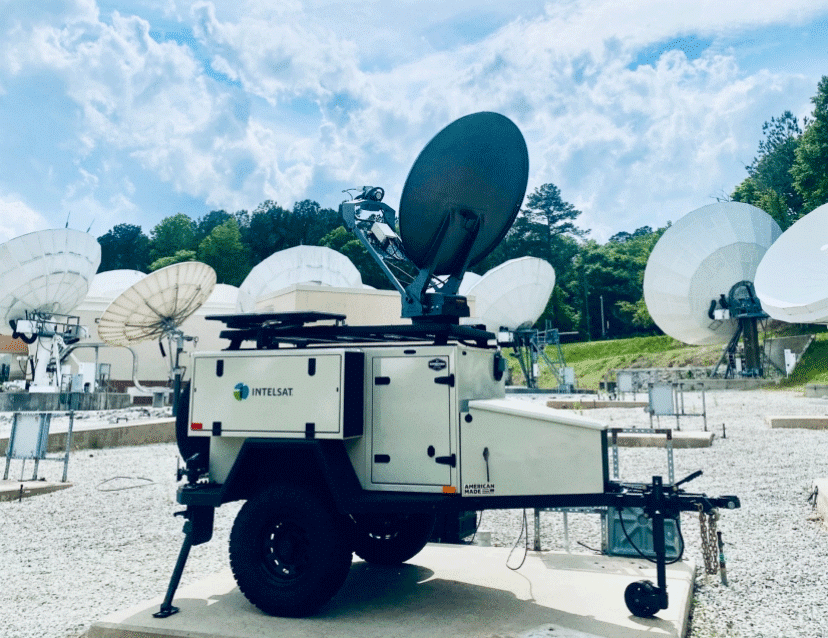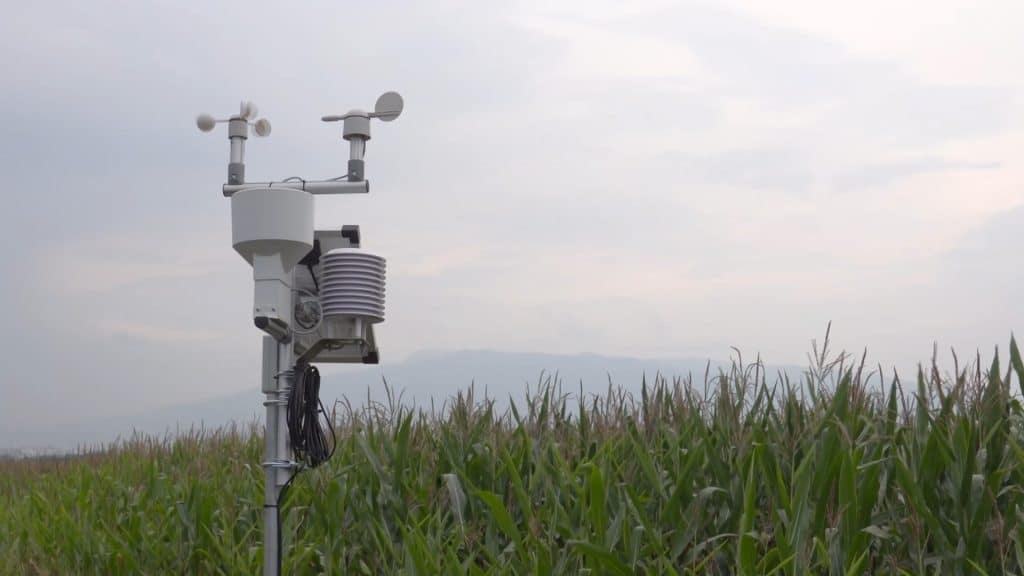Intelsat 38/Azerspace-2: Prepping the Spacecraft for Launch
The Intelsat 38/Azerspace-2 satellite, slated for launch on 7 September with Horizons 3e, carries a Ku-band payload that will provide continuity of service for the Intelsat 12 satellite located at 45 degrees East.
Intelsat 38 will host leading Direct-to-Home television platforms for the fast growing Central and Eastern Europe and Asia Pacific regions and support the growth objectives of our customers in these regions. Intelsat 38 will also provide critical broadband connectivity for corporate network and government services in Africa.
Preparations are Underway
Intelsat 38 was transported from the airport two weeks ago by a convoy comprised of a pilot car, police, safety car and a tools truck, making one stop while en route. The spacecraft was unloaded from its container at the BAF (Final Assembly Building) to the payload processing facility of the Guiana Space Center (CSG). At this location, the satellite will undergo an adapter fit-check and upon successful completion of this test, the spacecraft will then be towed in the CCU-3 (huge environmentally controlled portable high bay) to the S3B complex for electrical testing and fuel loading. Then it’s back to the BAF for combined operations.
Staying on Course
To ensure that we maintain and execute against our mission timeline, a daily status meeting is in effect with CSG/CNES (the French space agency), Arianespace, SSL and Intelsat so that we can all stay up to date on the status of completed activities and enact a plan for the next steps of the mission. Intelsat team members are present to ensure the spacecraft and launch providers are executing appropriately and address any technical challenges that may arise.
Launch campaigns are a special forum for experiencing and practicing the art of teamwork. Every stage of the process is dependent upon another person or another company’s mission team, so it’s critical that the team on site maintains close communications and collaborates effectively with one another.
The first 10 days have been critical for SSL, as its team must complete three major milestones. Only after successful completion of these milestones will the spacecraft be authorized for the fueling stage.
A Look at the Three Major Milestones
- Stage 1: Adapter Fit-Check to the spacecraft – This is the first time the launcher flight hardware is physically integrated to the spacecraft to ensure there are no electrical or mechanical issues. This check was completed successfully on 8 August. Later, the spacecraft will be installed on the adapter before this composite is mated to the launcher.
- Stage 2: Completing all electrical testing and verifying that the propulsion system does not leak – This phase validates that the spacecraft is operating flawlessly as it was prior to shipping from California. This phase also involves conducting final closeout inspections of the spacecraft and taking photographs.
- Stage 3: Measuring the dry mass of the spacecraft – This task is performed on a special measurement system (load ring) that must be accurately calibrated. This is an important parameter because when fueling, the total mass of the spacecraft with fuel cannot exceed the contractual mass, which for Intelsat 38 is 3,500 kilograms. Since the lifetime of the spacecraft is directly dependent on the amount of fuel available, it’s important to utilize the remaining mass to its maximum potential by filling up the propellant tanks as much as the system allows.
I look forward to providing an update on each of these milestones and will touch base with more updates in the coming weeks!






















